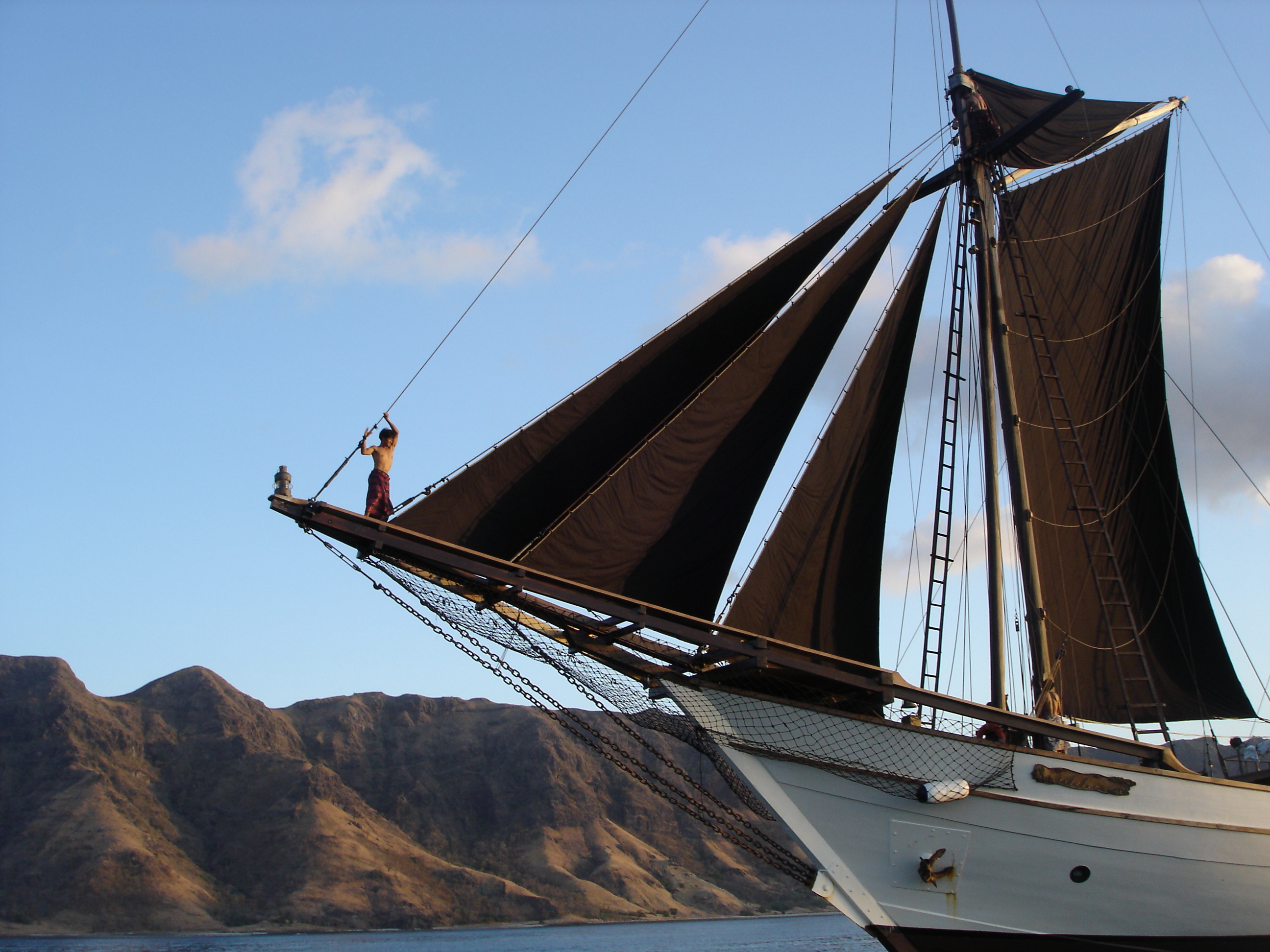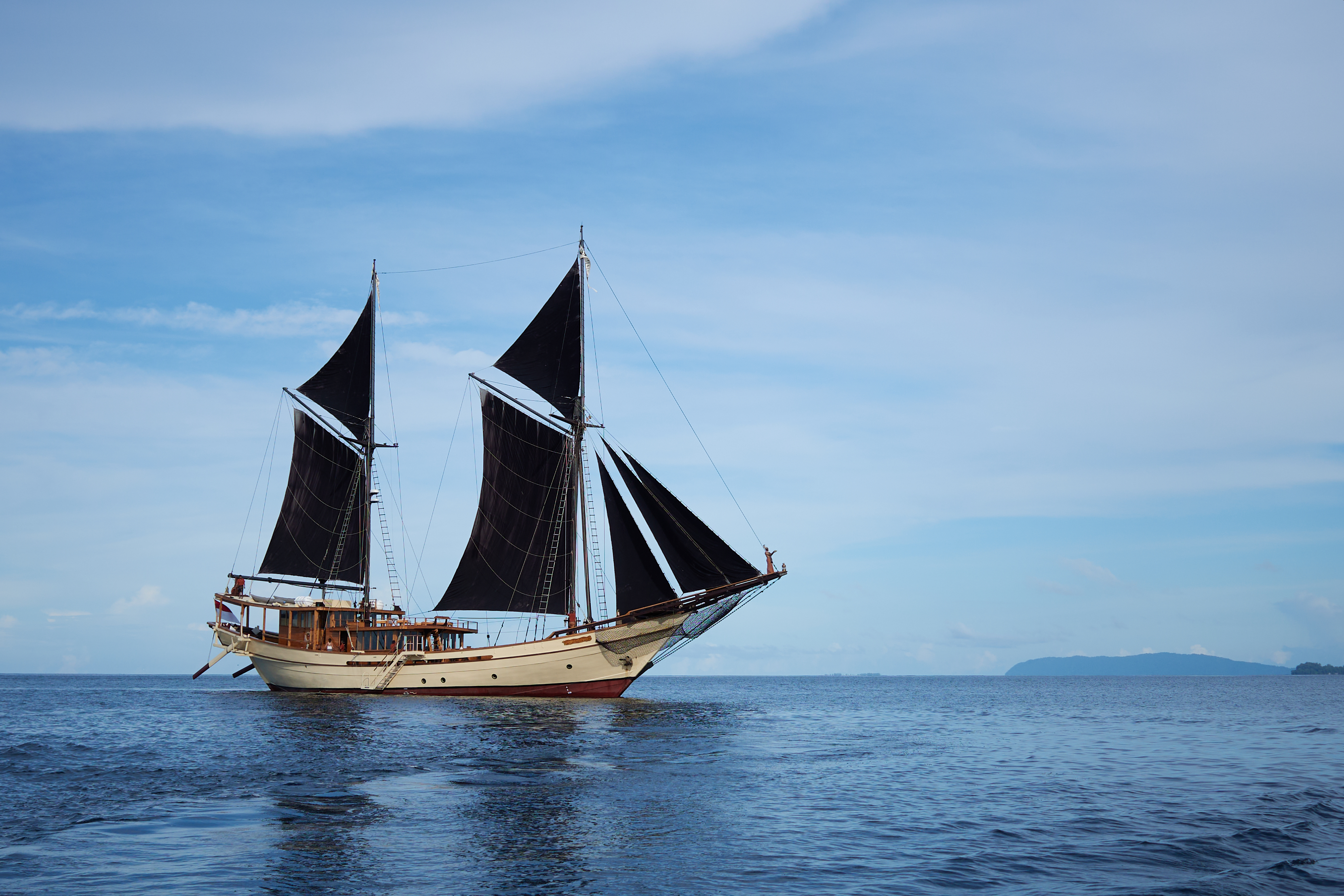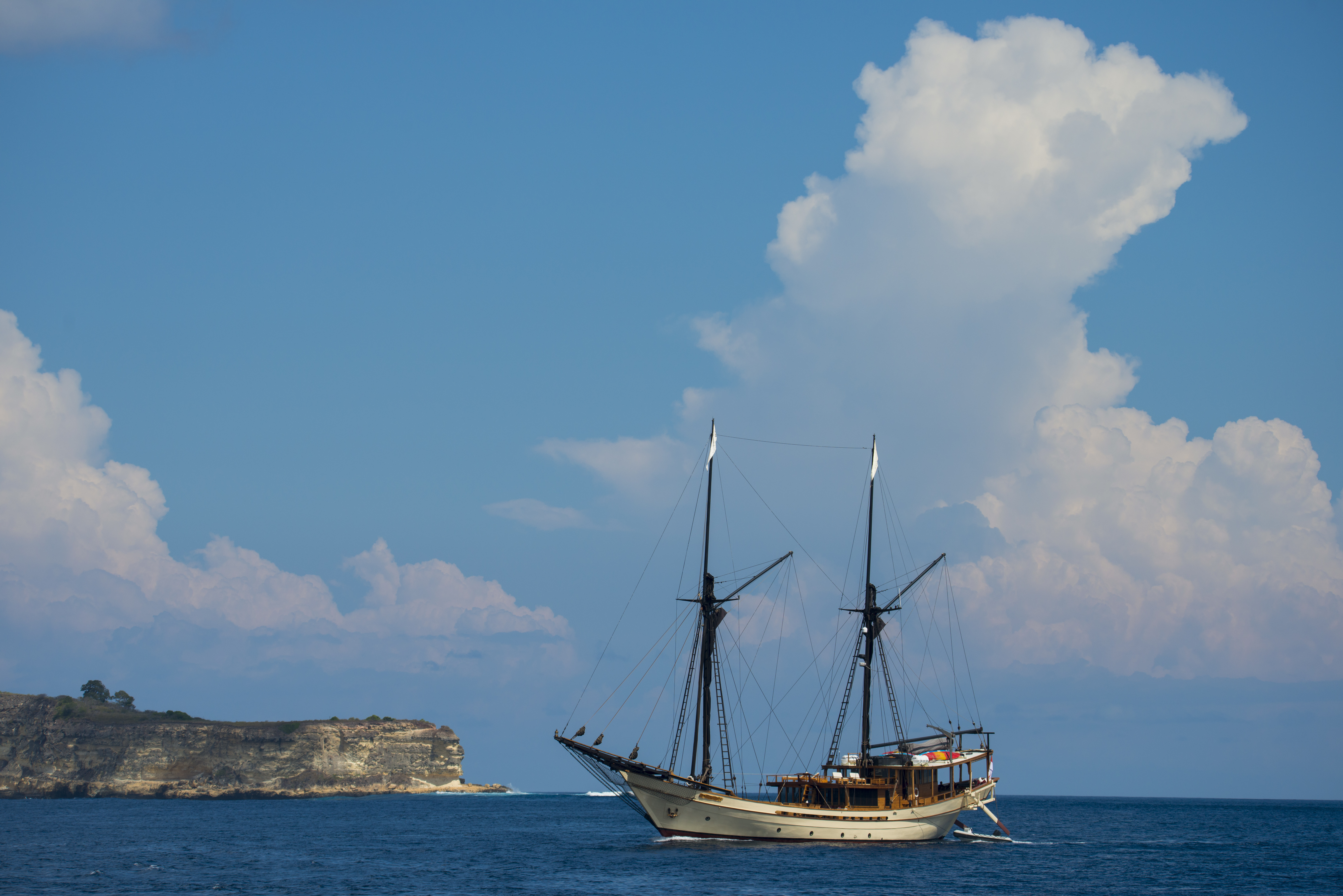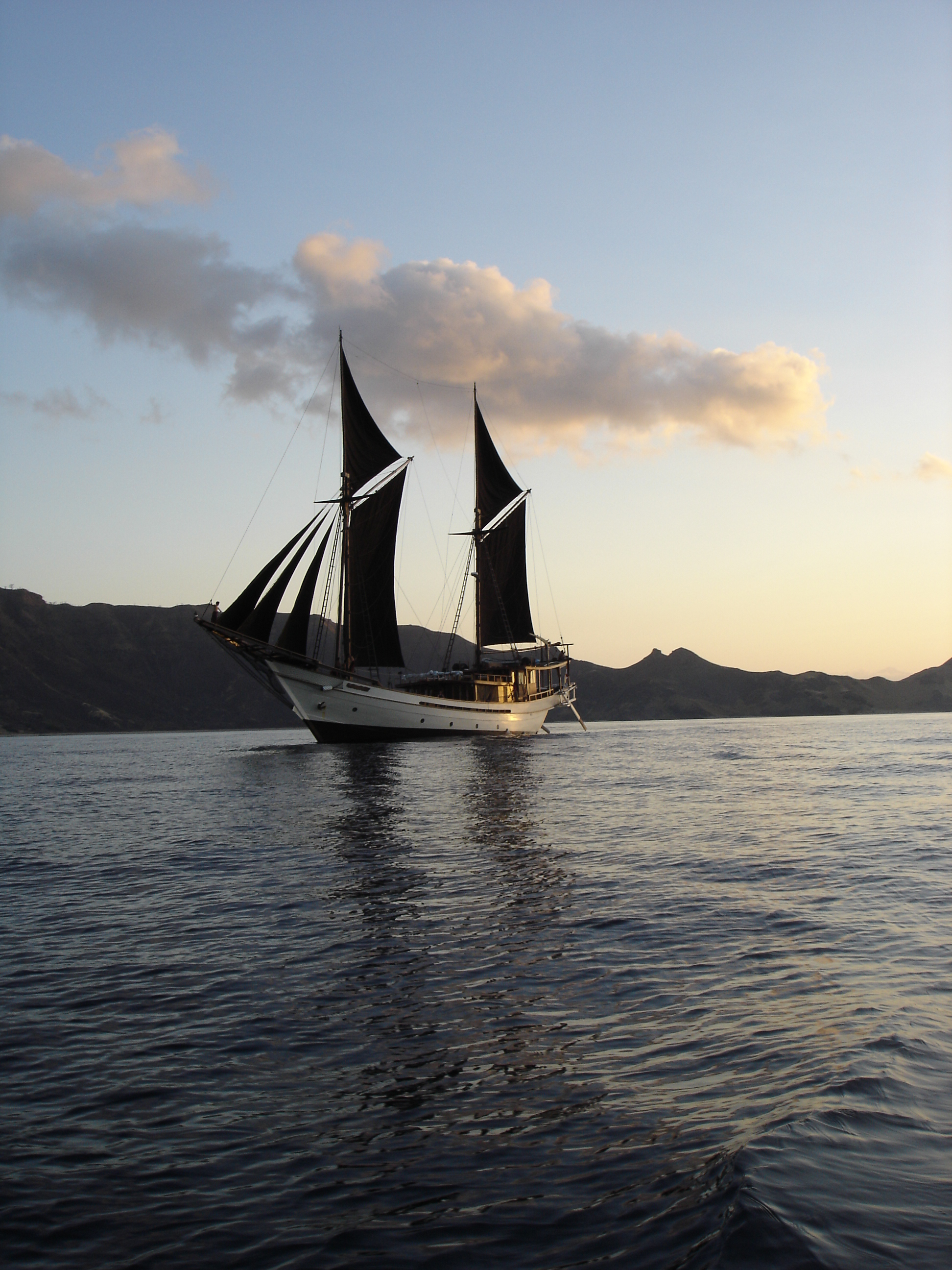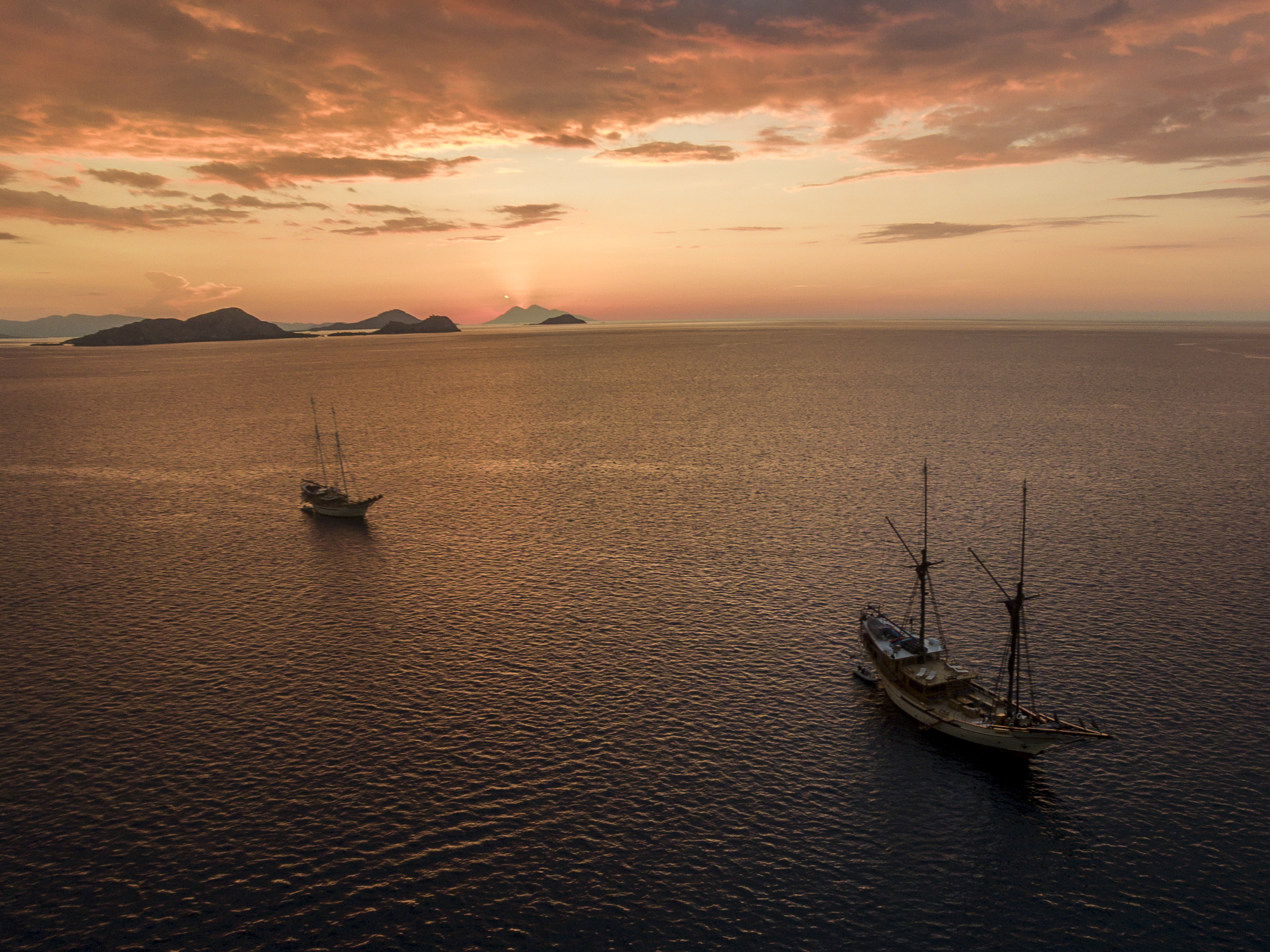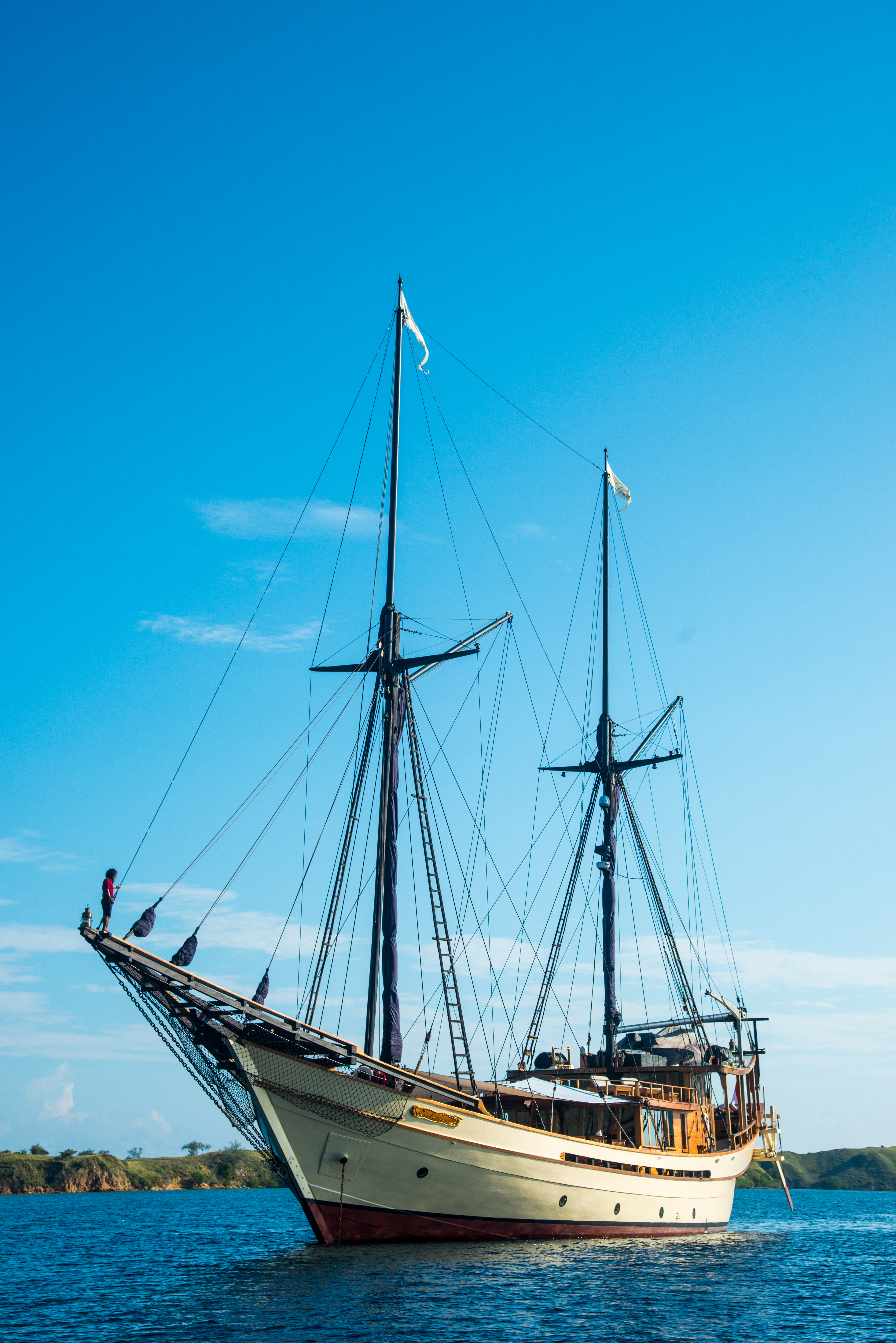The Meaning Behind the Sails: Symbolism in Indonesia’s Maritime Culture
Where the Wind Meets the Soul
There’s something almost sacred about the way a Phinisi yacht unfurls her sails. As the canvas catches the wind, you can feel centuries of seafaring heritage come alive — the courage of the Bugis sailors, the poetry of the tides, and the timeless rhythm of Indonesia’s maritime soul.
When you sail across the Indonesian archipelago — from Komodo to Raja Ampat — you’re not merely traveling across turquoise waters. You’re moving through a living mythology, where every sail tells a story of freedom, unity, and the enduring dialogue between humans and the sea.
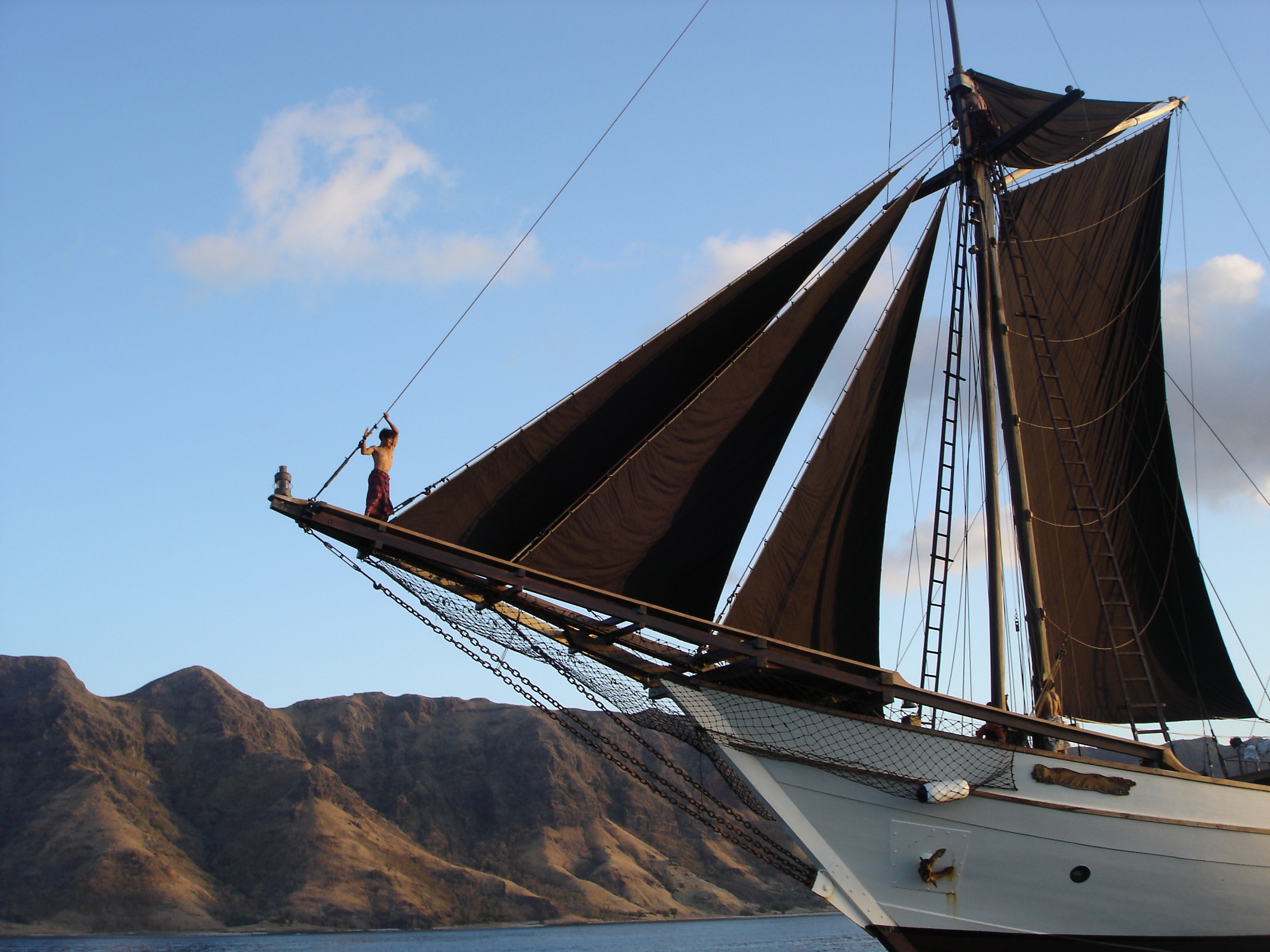
The Seven Sails: A Compass of Symbolism
Every Phinisi has its own character, but the seven sails remain a defining feature — not merely functional, but philosophical. These seven sails represent the seven seas and seven directions known in ancient Bugis cosmology, embodying humankind’s eternal desire to explore beyond horizons.
For traditional seafarers from Sulawesi, seven was more than a number — it symbolized perfection, completeness, and harmony. The sails served as a bridge between the material and the spiritual: the human body guided by the unseen forces of wind and tide.
On Silolona, the seven sails capture that same essence — an homage to ancestral wisdom and a reminder that exploration, in its purest form, begins within.
According to a study on maritime semiotics published in the Journal of Maritime Heritage Studies (Vol. 18, 2021), traditional sails in Austronesian cultures often acted as cosmic metaphors, representing balance between nature and human intention.
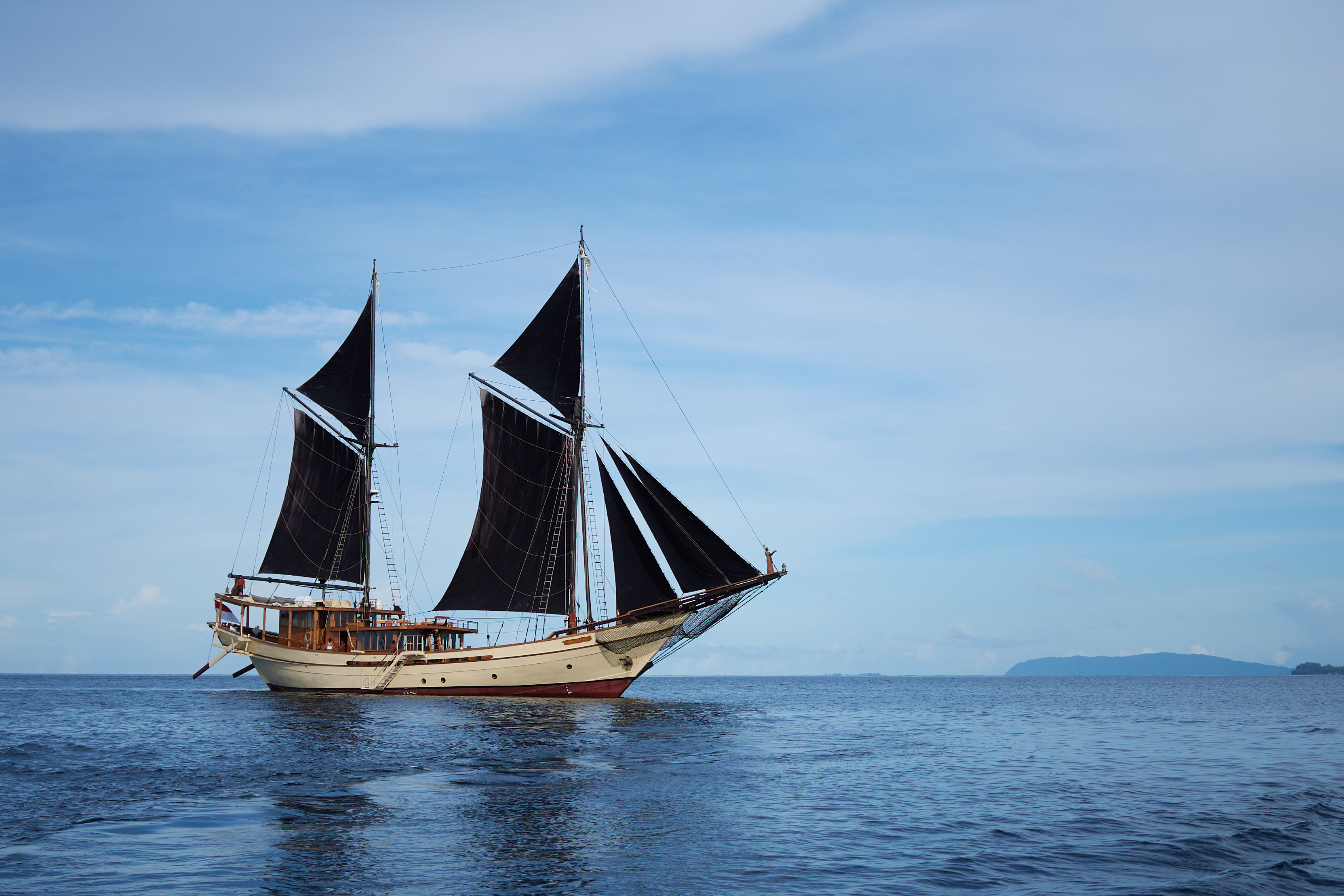
Sailing as a Spiritual Dialogue
In Indonesia, sailing was never merely about navigation. It was — and remains — a dialogue with the divine. Bugis sailors believed that the sea was alive, a sentient realm governed by unseen guardians known as Dewata Laut. Each voyage began with offerings and prayers, asking for calm waters and a guiding wind.
The sail, stretched taut under the sun, was seen as a medium between human aspiration and cosmic will. It reflected surrender and strength — the balance between freedom and fate.
Today, as you stand on the deck of a Phinisi like Silolona or Si Datu Bua, watching the horizon dissolve into gold, you are taking part in that same dialogue. You’re continuing a ritual that began centuries ago — not out of superstition, but out of reverence.
Research from the International Journal of Nautical Archaeology (Vol. 52, 2022) underscores that Southeast Asian maritime practices were deeply intertwined with animist spirituality, where sailing rituals embodied gratitude toward natural elements rather than dominion over them.
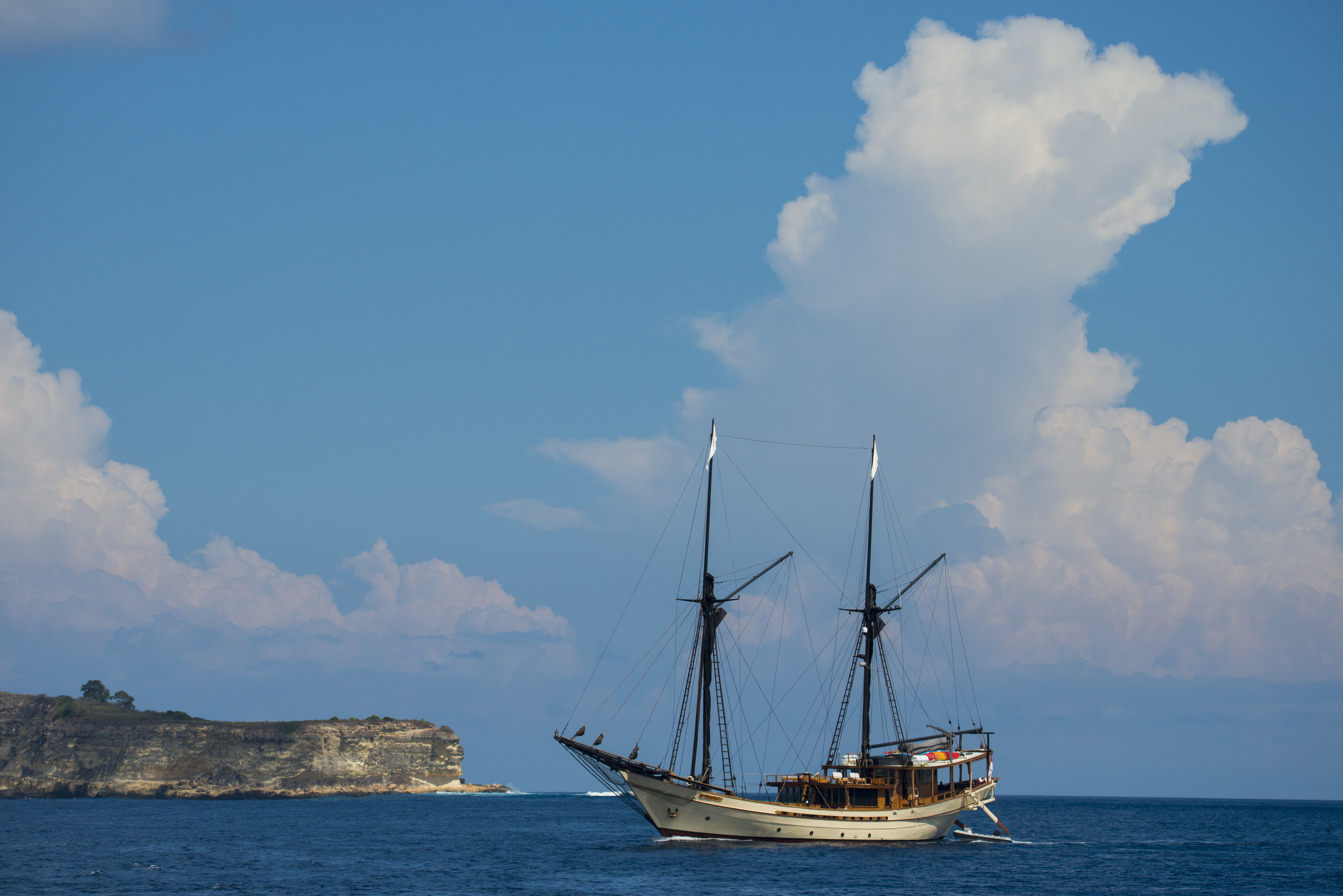
The Philosophy of the Wind: Freedom and Unity
The wind is both a force and a metaphor. For the Bugis, freedom was not about escape — it was about belonging to something larger, to the endless conversation between sky and sea.
Each sail, when raised, symbolized unity: the collective strength of crew and craft, human and nature. The wind that drives the vessel forward connects all — reminding us that every journey is shared.
In modern times, this philosophy is what makes sailing aboard a Phinisi so profound. It’s not just luxury; it’s participation in a cultural dialogue — one that whispers, “Freedom is found not in leaving the world, but in moving gracefully within it.”
As noted in the Journal of Oceanic Anthropology (Vol. 9, 2020), Indonesian maritime identity is “less about conquest, more about coexistence” — a philosophy reflected in both design and daily ritual aboard traditional vessels.
The Myth and Craft: A Living Legacy
Building a Phinisi is an act of devotion. The craftsmen of South Sulawesi, known as panrita lopi, follow ancestral blueprints said to be whispered by the sea gods themselves. Each curve, each joint of the hull, and each stitch of the sail carries ritual significance.
When Silolona Sojourns restored this ancient art for modern voyagers, it wasn’t about replicating history — it was about reviving its spirit. Every sail hoisted on Silolona or Si Datu Bua carries not only the wind of the present but also the breath of ancestors.
To step aboard is to step into a story — one written in wood, water, and wind
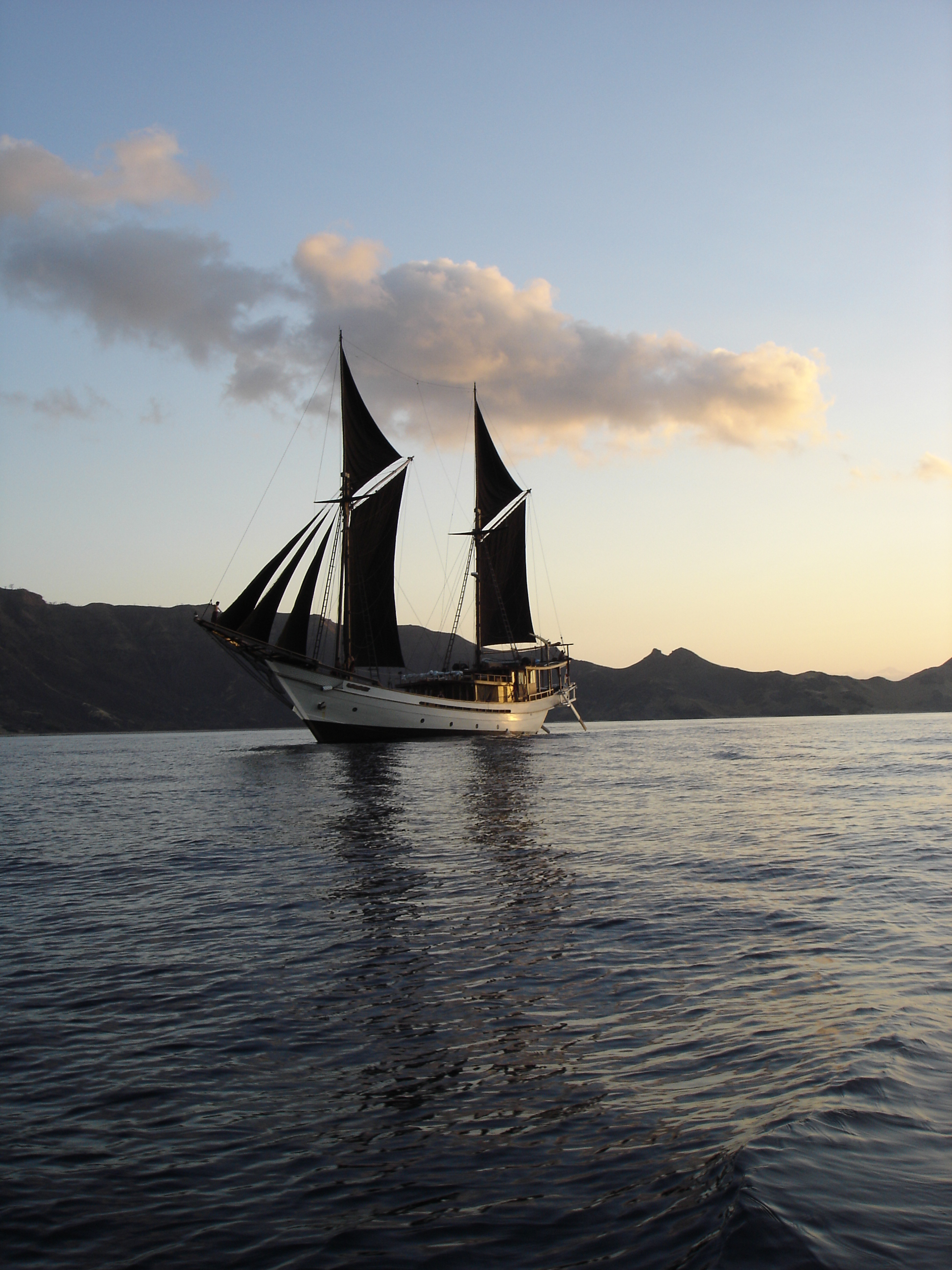
Sailing as a Journey of Meaning
You might think of the sails as mere fabric, yet on a Phinisi, they are storytellers. They capture the invisible — the whispers of wind, the pulse of waves, and the essence of life between them.
When the sails open wide, they speak of human curiosity, of trust in nature, and of the courage to drift beyond certainty. This is the soul of Indonesian maritime culture: a belief that every voyage is a meditation on life itself.
As the sun sets over the Banda Sea, and the last rays gild the white sails in amber light, you realize that sailing here is not just about movement — it’s about becoming part of something timeless.
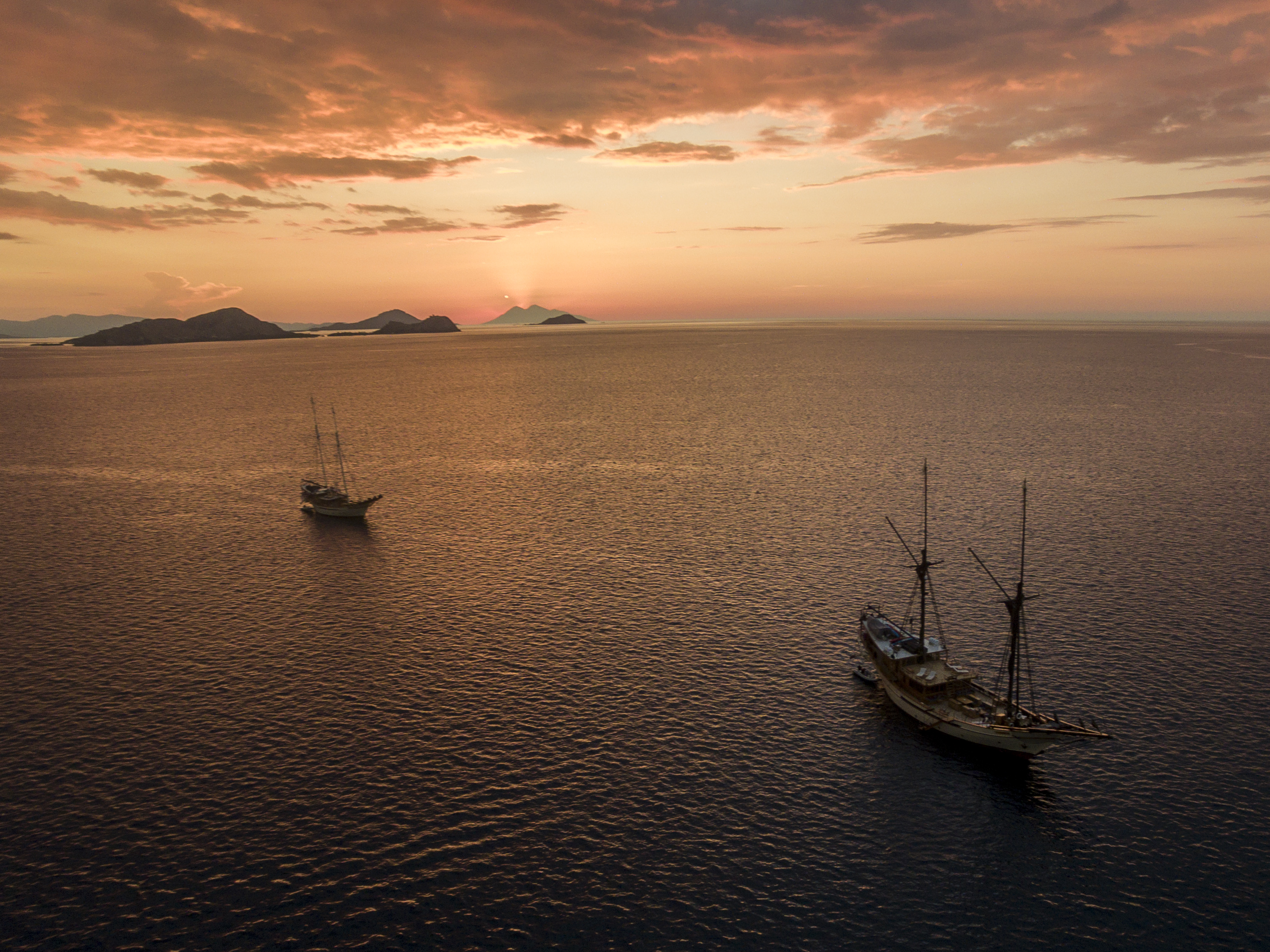
The Sea Remembers
To understand the symbolism of the sails is to understand Indonesia itself — a nation born of crossings, guided by stars, and united by wind. Each Phinisi voyage is an invitation to rediscover what it means to move in harmony with the world.
When you sail aboard Silolona, you’re not simply chartering a yacht. You’re tracing a sacred geometry across the sea — an unbroken line between past and present, myth and motion.
Sail the Story with Silolona Sojourns
Let the seven sails of Silolona guide you through the heart of Indonesia’s maritime heritage. Explore destinations shaped by wind and legend — from the Spice Islands to Raja Ampat — where every journey becomes a story, and every horizon leads to meaning.
Experience the spirit of the sea. Sail with Silolona.
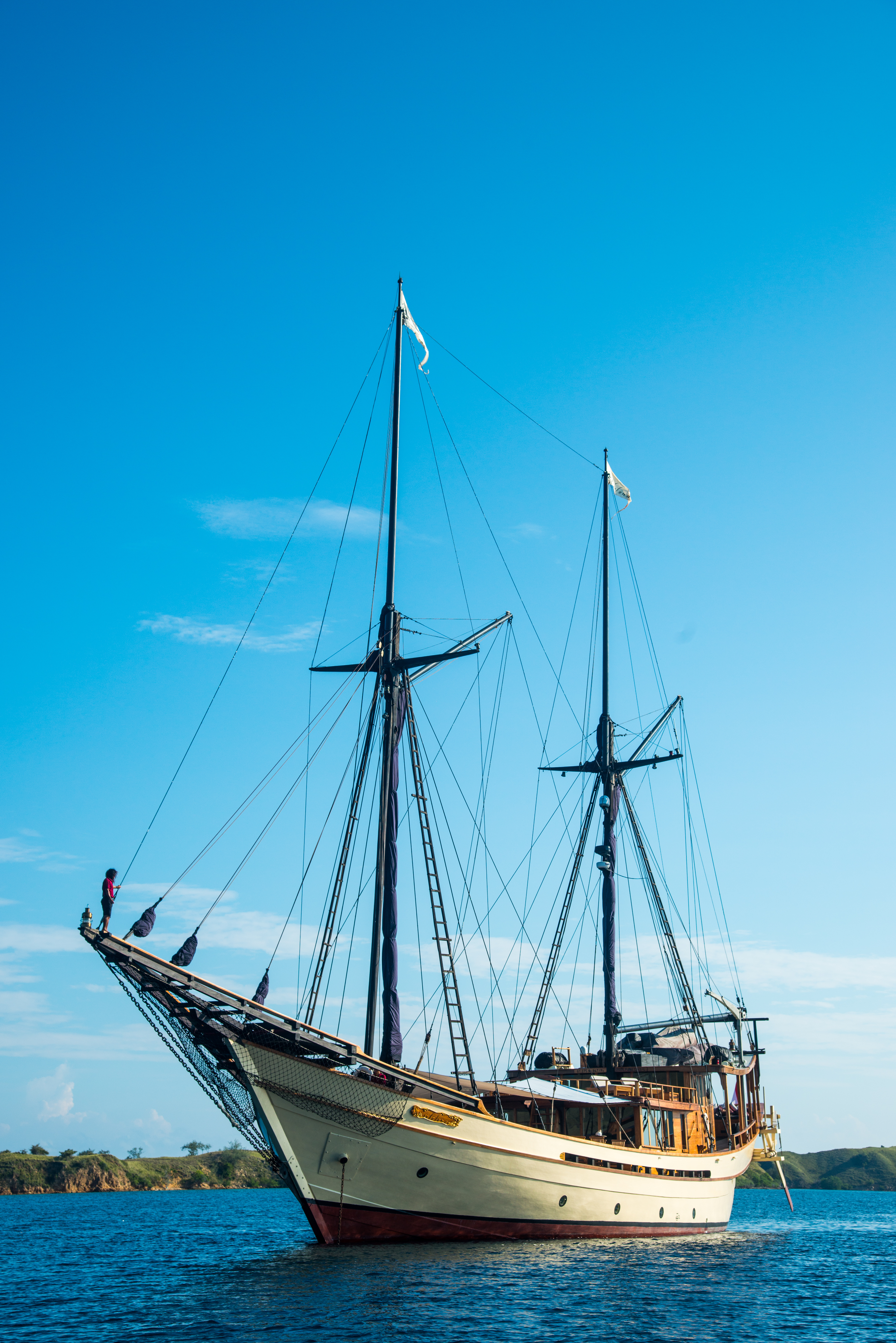
Citations:
Journal of Maritime Heritage Studies, Vol. 18 (2021). “Semiotics of Sail Design in Austronesian Maritime Culture.”
International Journal of Nautical Archaeology, Vol. 52 (2022). “Rituals and Cosmology in Southeast Asian Seafaring Traditions.”
Journal of Oceanic Anthropology, Vol. 9 (2020). “Maritime Identity and the Philosophy of Coexistence in Indonesia.


